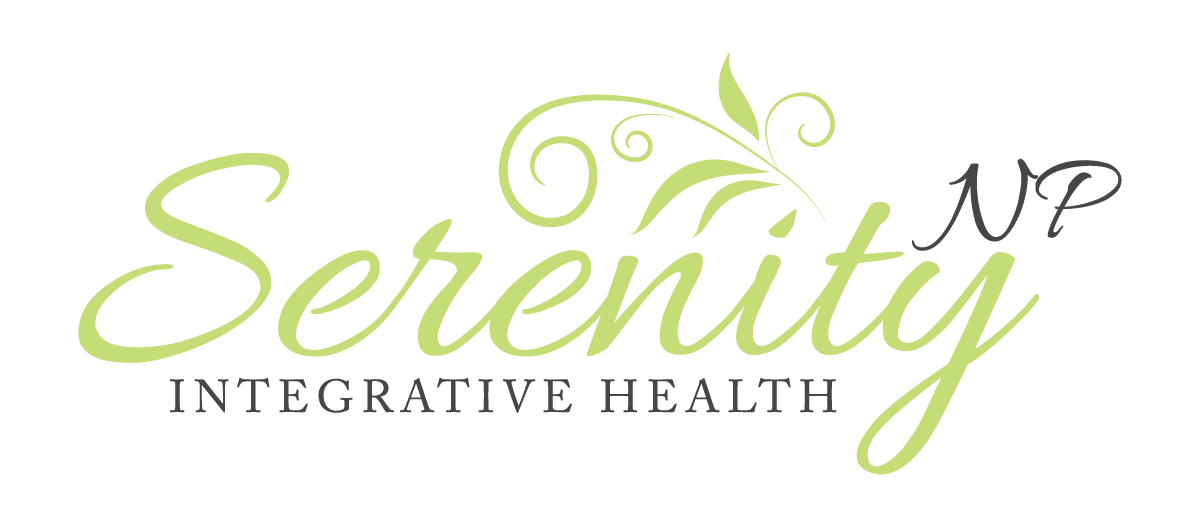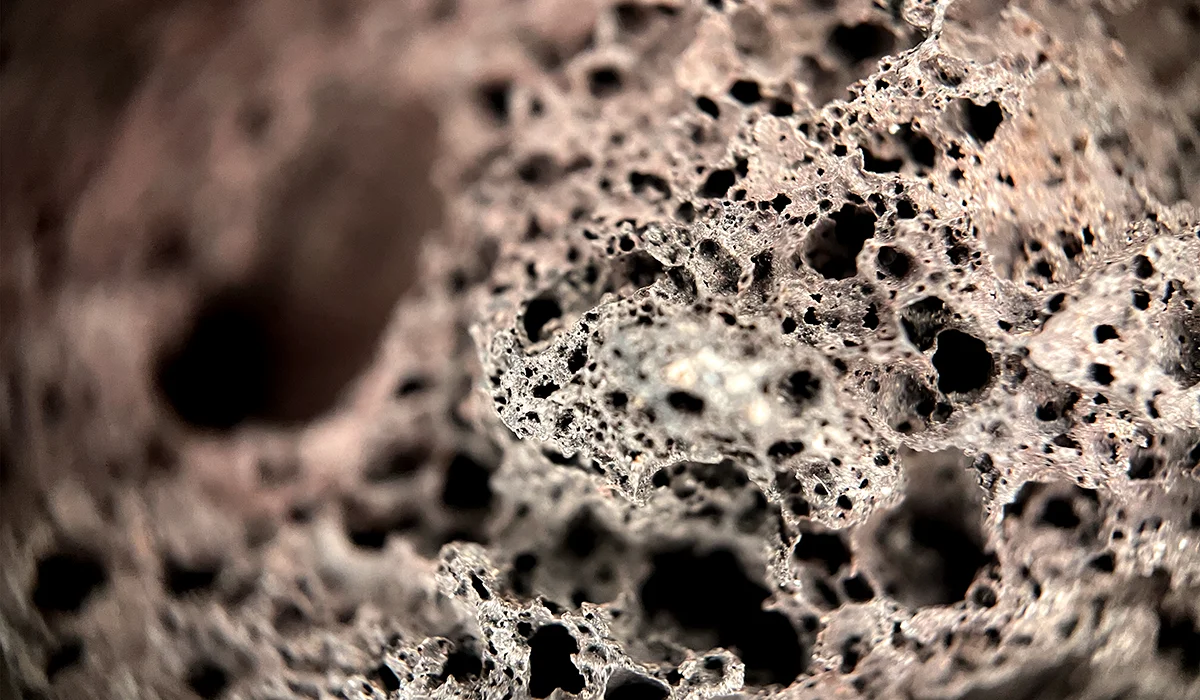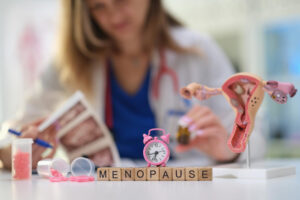Traditional osteoporosis treatments tend to focus only on bone density and miss significant factors that affect bone health. Many of my patients feel frustrated because conventional approaches don’t deal very well with their overall bone health picture, including the crucial role of the gut microbiome.
Functional medicine takes a different path to treat osteoporosis. This approach provides a deeper understanding by looking at multiple body systems that influence bone strength, with a particular emphasis on the microbiome and its impact on overall health. We go beyond basic calcium supplements and medications. Our method investigates how hormones, gut health, inflammation, and lifestyle factors combine to maintain strong bones. Let me share how we find the root causes of bone loss and develop customized treatment plans that boost your body’s natural bone-building ability, while also addressing the vital role of the gut microbiota.
Understanding the Functional Medicine Paradigm for Bone Health
My experience treating osteoporosis has taught me that conventional medicine tends to focus on bone density measurements and medication prescriptions. These approaches serve a purpose but miss the bigger picture of bone health, including the critical influence of the microbiome. Let me explain why we need a more complete approach that considers the gut microbiome and its effects on bone health.
Beyond the conventional approach to osteoporosis
Standard osteoporosis treatment relies on antiresorptive or anabolic medications[1]. These medications don’t work equally well for everyone and can cause major side effects in certain populations[1]. My patients use traditional, complementary, and integrative medicine (TCIM) therapies among conventional treatments. They rarely discuss this with their healthcare providers[1]. However, a growing body of research suggests that addressing the gut microbiome can play a significant role in bone health.
The role of systems biology in bone health
My practice views bone health through systems biology, which sees the human body as an integrated whole with multiple interacting systems[2]. This view shows that bone health goes beyond calcium and vitamin D supplementation. These key systems influence bone health:
- Gut microbiome: Responsible for nutrient absorption, vitamin K production, and influencing bone metabolism through various microbial metabolites
- Hormonal system: Regulates bone metabolism and mineral balance
- Immune system: Influences inflammation levels affecting bone density
- Metabolic system: Controls mineral homeostasis and is closely linked to the gut microbiota
Root cause analysis vs symptom management
We found that addressing why bone loss happens rather than just managing symptoms creates better outcomes. Bone loss often stems from multiple factors, including:
- Chronic inflammation affecting bone degradation, which can be influenced by gut dysbiosis
- Hormonal imbalances disrupting bone metabolism
- Gut health issues affecting nutrient absorption[1] and the production of beneficial short-chain fatty acids like butyrate
Functional medicine gets into these root causes through complete testing, including microbiome tests. To cite an instance, we assess blood, saliva, stool, and urine samples to check inflammation levels, hormone balance, nutrient status, and the composition of the gut microbiota[1]. This allows us to create tailored treatment plans that address each patient’s specific bone health factors, including strategies to improve gut health and optimize the microbiome.
Our approach to these underlying factors often improves both bone density and overall health. This all-encompassing approach builds a foundation for long-term bone health instead of just treating bone loss symptoms, while also considering the crucial role of the gut microbiome in maintaining overall health.
Key Drivers of Bone Loss: A Root Cause Perspective
My extensive work with osteoporosis patients has revealed three key factors that substantially affect bone health. Here’s what I’ve learned about these interconnected factors and their role in bone loss, with a focus on the impact of the microbiome.
Inflammatory pathways and bone degradation
My clinical experience shows that chronic inflammation triggers bone loss. Research shows that inflammatory cytokines, particularly IL-1, IL-6, and tumor necrosis factor (TNF), directly increase bone resorption[3]. On top of that, these inflammatory molecules stimulate osteoclast formation and speed up bone breakdown[4]. Interestingly, the gut microbiome plays a crucial role in modulating inflammation throughout the body, including in bone tissue.
I’ve seen inflammation affect bone health through several pathways:
- Increased production of pro-inflammatory molecules, which can be influenced by gut dysbiosis
- Enhanced osteoclast formation and activity
- Disrupted balance between bone formation and resorption
- Impaired osteoblast function
Hormonal imbalances affecting bone metabolism
My practice has shown that hormonal balance is a vital part of maintaining healthy bones. This becomes especially important for post-menopausal women, where estrogen deficiency alters bone metabolism[3]. The result is increased bone turnover with an imbalance between bone resorption and formation[3]. Recent research has also highlighted the role of the gut microbiome in influencing hormone levels and metabolism, adding another layer to our understanding of bone health.
A notable observation is that excessive glucocorticoids can interfere with bone formation. They cause mesenchymal progenitor cells to develop into adipocytes instead of osteoblasts[3]. Any functional medicine approach to osteoporosis must address these hormonal imbalances while also considering the impact of the gut microbiome on hormone regulation.
Gut health and nutrient absorption impact
As a functional medicine practitioner, I’ve found that gut health has a deep influence on bone density. Research shows that intestinal microorganisms directly participate in mechanisms that affect bone health[5]. These microbes play a vital role in:
The gut microbiota affects how well we absorb calcium and phosphorus – minerals that keep our bones strong[6]. Short-chain fatty acids from gut bacteria, particularly butyrate, help protect bone mass by increasing mineral absorption[6]. This highlights the importance of maintaining a healthy and diverse gut microbiome for optimal bone health.
The sort of thing I love is how probiotics like Lactobacillus rhamnosus GG can reduce inflammation in both the intestine and bone. This ended up preventing bone loss[5]. A healthy gut microbiome is one of the foundations of a detailed approach to bone health, and understanding how to improve gut microbiome composition is crucial for long-term bone health management.
Comprehensive Testing for Optimal Bone Health
My functional medicine practice has taught me that accurate testing creates the foundations of successful osteoporosis treatment. Let me share my complete testing approach to assess bone health and learn about underlying imbalances, including the crucial role of the gut microbiome.
Advanced bone health biomarkers
The first step focuses on specific bone turnover markers (BTMs) that give us vital information about bone metabolism. The most reliable markers include:
- Serum carboxy terminal telopeptide (s-CTX) to assess bone resorption[7]
- Procollagen type 1 N-terminal propeptide (s-PINP) to assess bone formation[7]
- Osteocalcin to determine bone mineralization status[8]
These markers help us track how well treatments work much sooner than traditional bone density scans. BTMs can show changes within 3-6 months after starting therapy[8].
Hormone and inflammation testing
We take a complete approach to hormone testing because hormonal imbalances substantially affect bone health. Our tests measure:
| Hormone Test | Purpose |
| Parathyroid hormone (PTH) | Controls blood calcium levels[9] |
| Vitamin D (25-OH) | Essential for calcium absorption[7] |
| Cortisol | Affects bone growth and density[9] |
| Sex hormones | Regulate bone remodeling[9] |
We also assess inflammatory markers, especially interleukins (IL-1, IL-6) and TNFα, since these cytokines can speed up bone resorption[10]. Additionally, we consider how these hormones and inflammatory markers are influenced by the gut microbiome, as recent research has shown significant interactions between the microbiota and endocrine system.
Nutrient status assessment
A full nutrient assessment plays a vital role in our testing protocol. Research shows that magnesium helps vitamin D metabolism, as most enzymes that activate vitamin D need this mineral[11].
My experience shows that a complete nutritional evaluation should look at:
- Calcium and vitamin D levels, which build bone matrix formation[11]
- Phosphorus status to support hydroxyapatite crystal formation[12]
- Vitamin K levels that help bone matrix development[11]
- Vitamin B12 and folate, which influence bone density by regulating homocysteine[11]
Patients with multiple nutrient deficiencies often need additional gut health assessment because digestive problems can block nutrient absorption[10]. Stool analysis helps us assess inflammation markers like calprotectin and the gut microbiome’s role in bone health[13]. We also consider a microbiome test to evaluate the diversity and composition of the gut bacteria, which can provide valuable insights into overall health and potential interventions to improve bone density.
Personalized Treatment Strategies
Complete testing shows individual imbalances that help me create individual-specific treatment plans for each patient’s unique needs. Let me share three core components that are the foundations of my functional medicine approach to osteoporosis, with a focus on optimizing the gut microbiome.
Customized nutrient protocols
My nutrient recommendations align with test results and individual needs. These recommendations help my osteoporosis patients:
| Nutrient | Daily Recommendation |
| Calcium | 1,000-1,200 mg[1] |
| Vitamin D | 1,500-2,000 IU for osteoporosis patients[14] |
| Protein | 1-1.2g/kg body weight[1] |
Keep in mind that I prefer to get nutrients from food sources whenever possible. My patients learn about calcium-rich foods like dairy products, leafy greens, and seafood[14]. These food sources contain many more beneficial compounds that support bone health naturally[1]. Additionally, we focus on foods that promote a healthy gut microbiome, such as fermented foods and a diverse range of plant-based fibers, which can help improve gut health and indirectly support bone density.
Targeted lifestyle interventions
Good nutrition pairs well with lifestyle modifications that protect bone health and support a healthy gut microbiome. Research supports these recommendations:
- Limiting caffeine to one cup daily[15]
- Getting adequate sun exposure (15 minutes daily)[16]
- Keeping alcohol consumption moderate (no more than one drink daily for women, two for men)[16]
- Incorporating probiotics for gut health to support overall bone health
My practice shows that better stress levels and sleep quality affect bone health significantly. Much like building a house, these elements support all other treatment strategies and contribute to a healthy gut microbiome.
Bioindividual exercise recommendations
Each person needs exercise recommendations that match their bone density, fitness level, and overall health status[17]. Results improve with a combination of:
- Weight-bearing exercises
- Low-impact activities like brisk walking
- Stair climbing
- Dancing
- Resistance training
- Using resistance bands
- Light free weights
- Body weight exercises
Patients with advanced osteoporosis should avoid high-impact activities and exercises that bend or twist at the waist[17]. Every exercise program starts at a low level and builds up gradually to prevent injury[2]. Regular exercise not only supports bone health but also contributes to a healthy gut microbiome by promoting overall metabolic health and reducing inflammation.
Fall prevention is a vital aspect of treatment. Balance training exercises and home safety modifications like support rails and removing trip hazards help protect patients[18].
Mind-Body Approaches to Bone Health
The mind-body connection plays a key role in bone health, though many traditional treatments overlook this aspect. My research and clinical experience show how psychological stress directly affects our skeletal system and the gut microbiome.
Stress management for bone preservation
Chronic psychological stress can seriously damage bone health. Research shows that ongoing stress increases cortisol production, which results in negative bone turnover and bone loss[19]. My practice shows that people caring for ill patients often have higher pro-inflammatory markers. These markers can boost osteoclastogenesis and bone resorption[19]. Interestingly, stress also affects the composition of the gut microbiota, potentially leading to dysbiosis and further impacting bone health.
These evidence-based stress management techniques help curb these effects:
- Mindfulness meditation to reduce cortisol levels
- Deep breathing exercises to activate the parasympathetic system
- Regular social connections to buffer against stress
- Professional counseling when needed
- Art therapy for emotional expression
Sleep optimization strategies
Sleep quality significantly affects bone metabolism and the gut microbiome. Studies show that women who sleep five or fewer hours each night have lower bone mineral density in their spine, hip, and whole body[20]. My research led me to develop these sleep optimization strategies:
| Sleep Component | Recommendation |
| Timing | Maintain consistent sleep-wake schedule |
| Duration | Aim for 7-9 hours nightly |
| Environment | Keep bedroom dark, quiet, and cool |
| Pre-sleep routine | Avoid screens 2 hours before bed |
| Nutrition | No heavy meals 3-4 hours before sleep |
Mind-body exercises for bone strength
Over the last several years treating osteoporosis, gentle mind-body exercises have shown unique benefits for bone health. These activities boost balance and muscle strength while reducing fall risk[21]. They also contribute to overall well-being and may positively influence the gut-brain axis, further supporting bone health through the microbiome connection.
Tai chi stands out as an effective option if you have osteoporosis. It provides safer movement patterns compared to traditional yoga, which might include risky spinal twisting positions[21].
These approaches work well because they strengthen bones and reduce stress levels simultaneously. Starting with 10-15 minute sessions works best, and you can gradually increase duration as your comfort and confidence grow.
Regular practice of these techniques helps lower cortisol levels and supports better calcium metabolism[22]. Hobbies and mindful activities create emotional outlets that positively affect osteoporosis management[22].
My functional medicine practice shows remarkable improvements in patients who welcome these mind-body approaches among their other treatments. These practices create a positive feedback loop – better sleep reduces stress, which improves bone metabolism and supports a healthy gut microbiome, leading to better sleep quality.
Conclusion
My experience treating osteoporosis patients has shown amazing results with a functional medicine perspective on bone health. This approach goes beyond bone density measurements to get into multiple body systems that affect bone strength, with a particular focus on the crucial role of the gut microbiome.
Successful osteoporosis treatment needs focus on three essential areas. We need to find and fix root causes like inflammation, hormonal imbalances, and gut health problems, including dysbiosis. The core team creates tailored treatment plans based on detailed testing, including microbiome tests. Mind-body practices support overall bone health and complete the treatment picture, while also positively influencing the gut-brain axis.
Traditional treatments play their part but work best alongside lifestyle changes, good nutrition, and stress management. My patients who welcome this comprehensive approach tell me they sleep better, have more energy, and develop stronger bones. Many also report improvements in their gut health, which further supports their overall well-being and bone density.
Your bone health changes constantly and needs ongoing attention. The path to better bones might look complicated, but small consistent changes make a big difference. Look at your diet, how you move, and your stress levels. Consider how to improve your gut microbiome through dietary changes and probiotics. These basic changes build a foundation to keep your bones strong for life while supporting overall health through a balanced microbiome.
References
[1] – https://www.osteoporosis.foundation/health-professionals/prevention/nutrition
[2] – https://www.betterhealth.vic.gov.au/health/conditionsandtreatments/osteoporosis-and-exercise
[3] – https://pmc.ncbi.nlm.nih.gov/articles/PMC8836058/
[4] – https://pmc.ncbi.nlm.nih.gov/articles/PMC8836472/
[5] – https://pmc.ncbi.nlm.nih.gov/articles/PMC6119671/
[6] – https://www.solgar.com/blog/lifestyle/importance-gut-health-bone-health/
[7] – https://pmc.ncbi.nlm.nih.gov/articles/PMC3289774/
[8] – https://www.racgp.org.au/afp/2013/may/bone-turnover-markers
[9] – https://www.ifm.org/articles/hormones-and-bone-health
[10] – https://pmc.ncbi.nlm.nih.gov/articles/PMC7874051/
[11] – https://pmc.ncbi.nlm.nih.gov/articles/PMC7400143/
[14] – https://www.health.harvard.edu/staying-healthy/essential-nutrients-your-body-needs-for-building-bone
[16] – https://pmc.ncbi.nlm.nih.gov/articles/PMC9228189/
[17] – https://www.mayoclinic.org/diseases-conditions/osteoporosis/in-depth/osteoporosis/art-20044989
[19] – https://pmc.ncbi.nlm.nih.gov/articles/PMC7797546/
[20] – https://pmc.ncbi.nlm.nih.gov/articles/PMC5994176/
[22] – https://aihcp.net/2024/08/22/understanding-holistic-health-approaches-to-osteoporosis/





